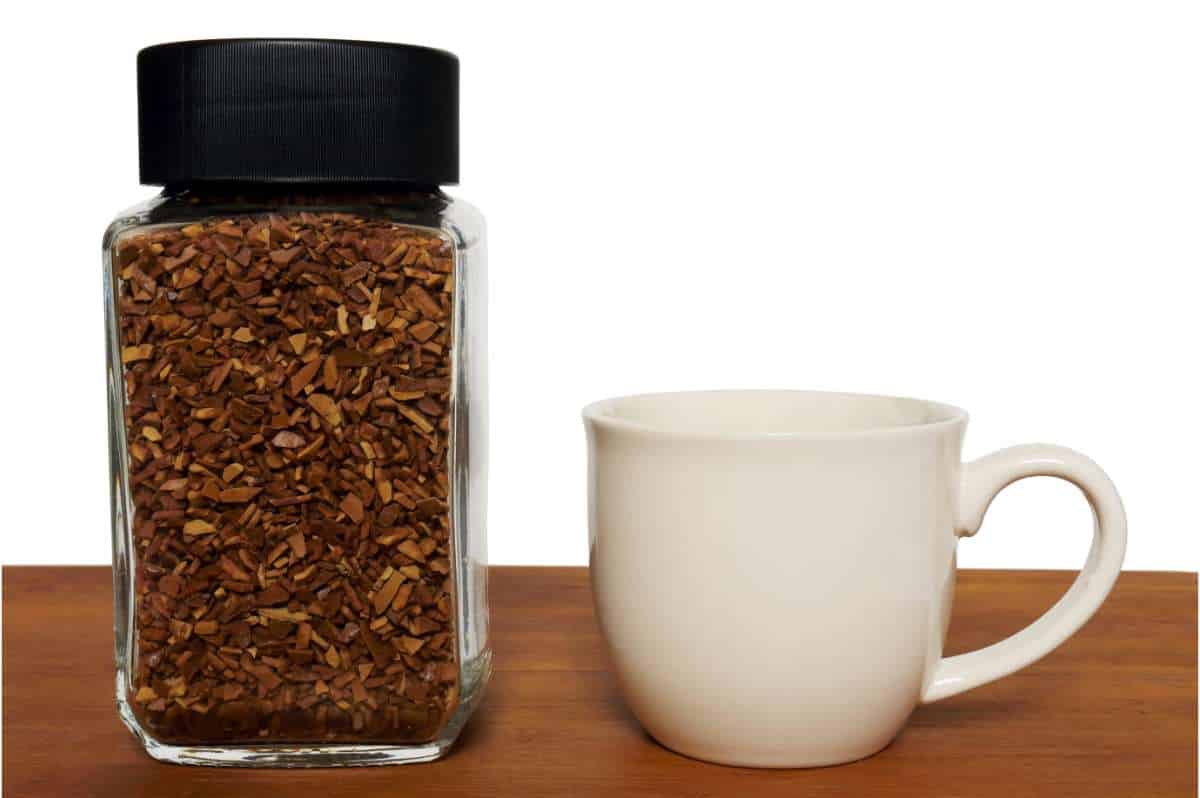Last Updated on December 10, 2023
Instant coffee is a popular and convenient option for many coffee drinkers. But is it real coffee?
Instant coffee is made from real coffee beans that are brewed and then dried into a powder or granules. While it may have a different taste and texture than brewed coffee, instant coffee still contains caffeine and other coffee compounds. That’s why coffee experts consider it to be real coffee.
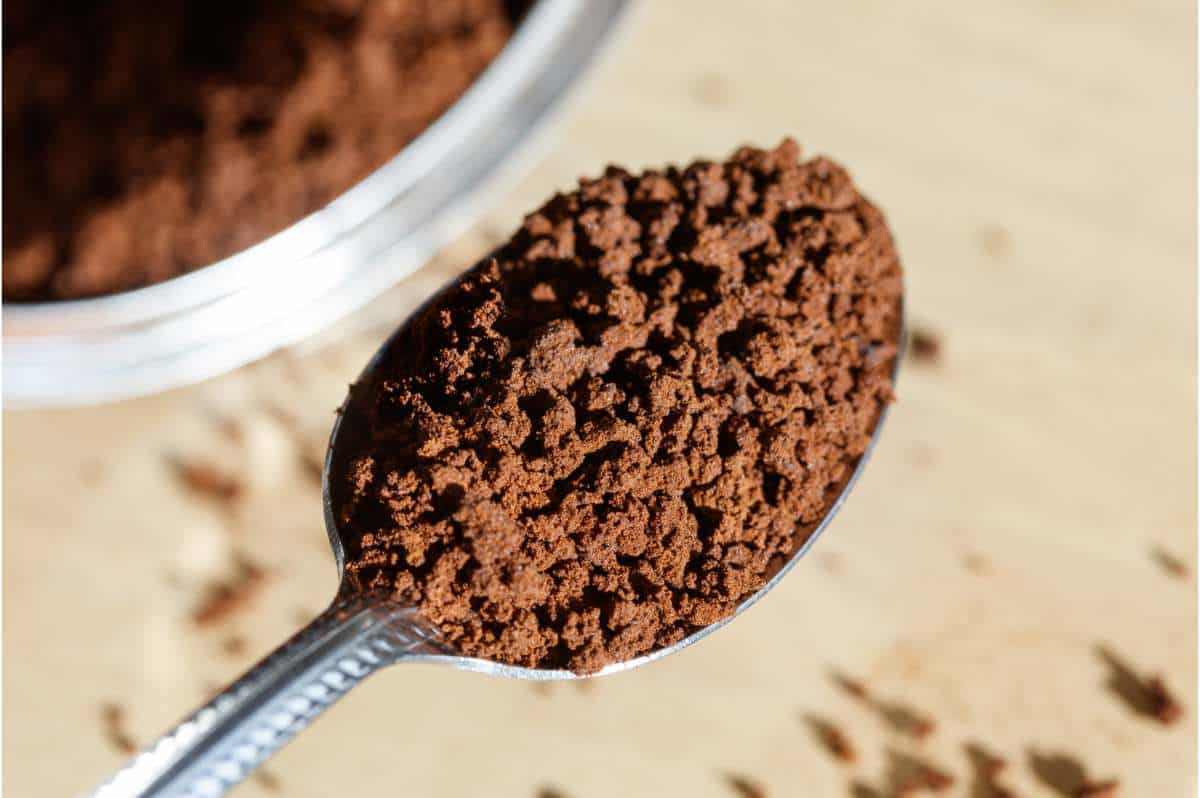
Let’s explore the history and manufacturing process of instant coffee, compare it to brewed coffee, and understand why coffee experts take this view.
What Is Instant Coffee?
Instant coffee is made from coffee beans that have been roasted, ground, and brewed into a concentrated liquid—just like your morning coffee, but stronger. The liquid is then dried into a powder or granules, which can be rehydrated with hot water to make a cup of coffee.
Manufacturing instant coffee involves dehydrating the brewed coffee—removing all the water—which concentrates the coffee’s flavor and aroma.
History of Instant Coffee
Instant coffee’s roots go back to the late 19th century.
Alphonse Allais
French writer and humorist Alphonse Allais gets credit for coming up with the first way to make instant coffee, way back in 1881. Allais’ method involved mixing hot water with ground coffee and then adding a small amount of cold water to cause the coffee to settle to the bottom of the cup. The clear liquid on top could then be removed, leaving a concentrated coffee solution that could be stored and rehydrated later.
Allais’ invention was kind of silly and not successful commercially, but it was a precursor to later methods of making instant coffee.
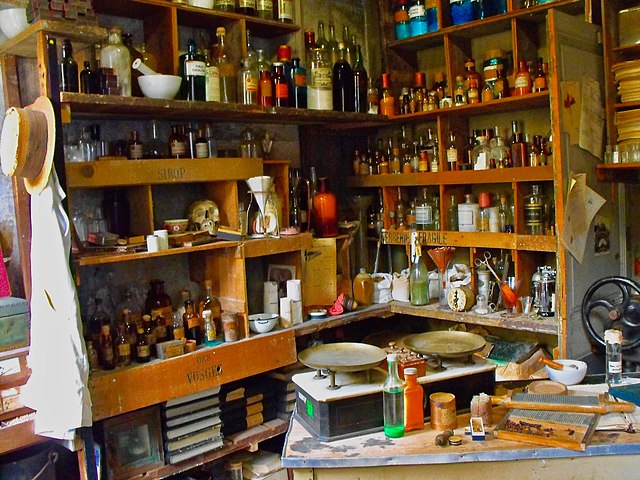
George Washington (no, not that one)
In 1906, a Belgian-American businessman named George Washington patented a process of drying coffee extract into a powder that could be rehydrated with hot water.
Samuel Cate Prescott
American chemical engineer and MIT professor Samuel Cate Prescott developed a spray-drying method for making instant coffee in 1930.
Prescott’s invention involved spraying a liquid coffee extract into a heated chamber, where the water would evaporate quickly, leaving behind a fine powder. The resulting coffee powder was then collected and packaged for sale as instant coffee.
Prescott’s invention was a significant improvement over earlier methods of making instant coffee, such as drying brewed coffee in ovens or using vacuum drying, because it produced a higher-quality product that was more soluble and had a longer shelf life.
Satori Kato
A team of researchers led by the American chemist, Satori Kato (he worked for Nestlé) invented the first commercially successful instant coffee in 1938. The Nestlé team’s invention was a freeze-dried coffee, which preserved flavor and aroma while removing water.
The product was marketed under the brand name “Nescafe” (heard of it?) and quickly became popular, especially during the Second World War when fresh coffee was scarce.
David Strang
Then along came New Zealander David Strang, whose contribution to instant coffee came in the 1950s when he worked for General Foods. Strang developed a new method for creating instant coffee that involved a combination of brewing, extraction, and freeze-drying.
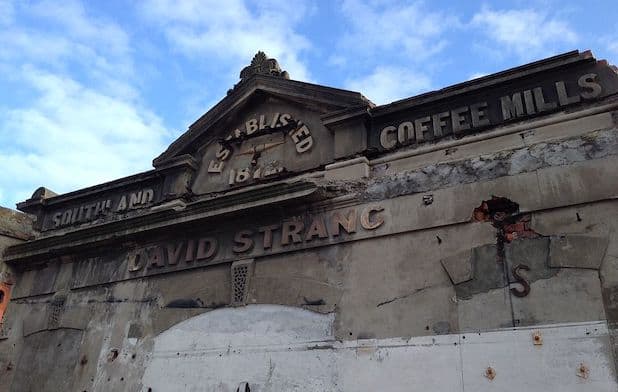
Strang’s process was different from Kato’s in that it involved the use of a vacuum to evaporate the water from the coffee extract, resulting in a more concentrated and higher-quality product.
How Instant Coffee is Made Today
The process of turning brewed coffee into instant coffee powder or granules involves several steps, and the industry uses several different methods. The most common ones are still the freeze-drying and spray-drying methods.
Freeze-drying
In freeze-drying, concentrated coffee liquid is first frozen into a solid block. The block is then placed into a vacuum chamber where the frozen water is sublimated directly from the solid state to gas, bypassing the liquid state. The sublimated water vapor is then condensed and collected as ice on a cold surface.
This freeze-drying process yields a dry and porous structure that is easy to grind into a powder or granules. This method is preferred by some manufacturers because it results in a higher quality and more soluble product, with little loss of flavor or aroma.
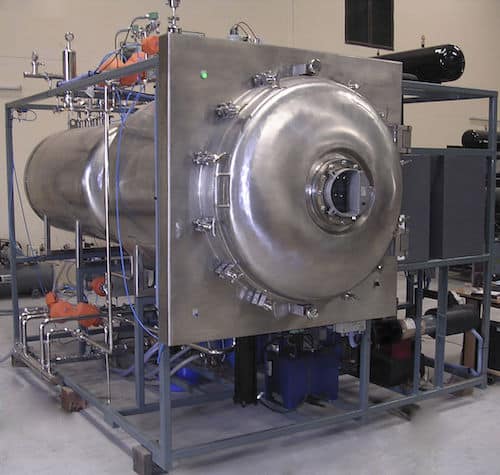
Spray-drying
In spray-drying, concentrated coffee liquid is sprayed into a hot chamber where hot air evaporates the water quickly. The resulting particles are then separated from the hot air and collected as dehydrated crystals.
This method is faster and more economical than freeze-drying, but it can result in a lower quality product with some loss of flavor and aroma.
Both methods require the concentrated coffee liquid to be carefully formulated to achieve the desired taste, aroma, and color. Additional ingredients such as carbohydrates and antioxidants may also be added to the liquid to improve the stability and quality of the final product.
The instant coffee granules are packaged into air-tight containers to maintain freshness and prevent them from absorbing moisture prematurely.
Overall, turning brewed coffee into instant coffee powder or granules involves complex and careful processes that have been fine-tuned for the better part of a century.
Is Instant Coffee as Good as Brewed Coffee?
While instant coffee is made from real coffee beans, it is not the same as brewed coffee. The brewing process for regular coffee usually involves pouring hot water over freshly ground coffee beans, which extracts flavor and aroma compounds from the beans. The resulting liquid is filtered or otherwise separated from the coffee grounds, leaving a smooth and flavorful cup of coffee.

In terms of taste, aroma, and texture, most consider instant coffee to be inferior. This is because the manufacturing process removes some of the volatile compounds that give brewed coffee its complexity. However, instant coffee is a convenient option for those who want a quick caffeine fix or don’t have access to a coffee maker.
But Is It Real Coffee?
Coffee experts generally consider instant coffee to be “real coffee” because it is made from the same coffee beans as brewed coffee.
While the manufacturing process involves removing water from the brewed coffee to concentrate the flavor and aroma, the resulting product is still considered to be coffee. The concentrated liquid is made from coffee beans that have been roasted, ground, and brewed— just like brewed coffee.
Coffee experts acknowledge that instant coffee has a different taste and aroma, but it still has the caffeine content and other compounds that you find in coffee, and provides a similar caffeine boost.
Instant coffee has been popular for over a century and is enjoyed by millions of people around the world. You have to give it and its inventors credit for providing a convenient and easy-to-prepare option for people who don’t have the time or equipment to brew a fresh cup.

